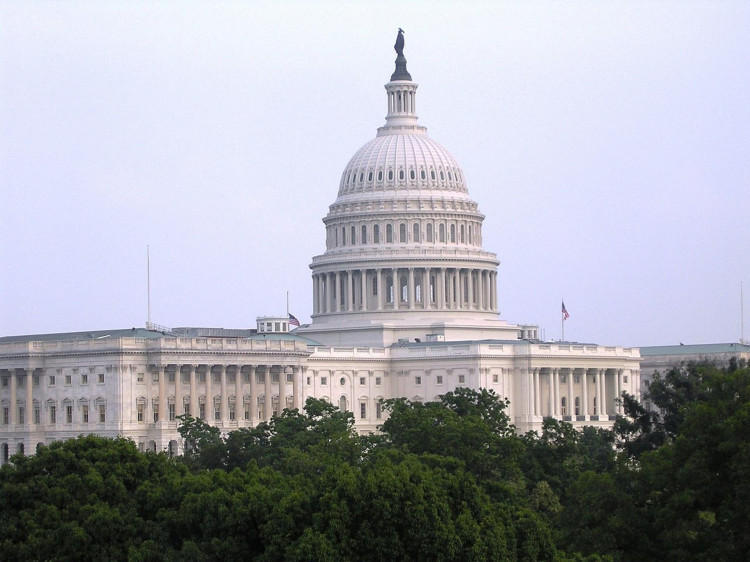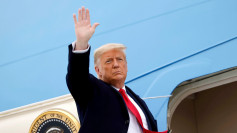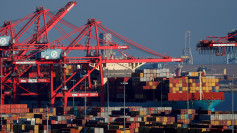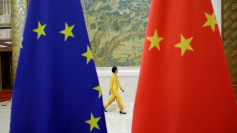The sovereignty dispute over the Essequibo region between Venezuela and Guyana has drawn international attention. Military forces from Venezuela, Guyana, and neighboring Brazil have assembled along their respective borders with the contested region.
Venezuelan President Nicolas Maduro and Guyanese President Irfaan Ali reached an agreement last week to meet in Saint Vincent and the Grenadines, a Caribbean island nation, by December 14 to discuss resolving their border dispute. Brazilian President Luiz Inácio Lula da Silva may attend as an observer.
Meanwhile, the United States has intervened in this South American hotspot, showing firm support for Guyana through military exercises. ExxonMobil, a US oil giant, also expressed support for the Guyanese government on Facebook two days ago and pledged to intensify oil exploration in the region. ExxonMobil has successfully drilled over 40 oil wells in Essequibo, producing about 600,000 barrels of oil per day. In September, the company submitted bids for three additional oil exploration areas near Essequibo.
Stark Military Disparity The talks on December 14 between Maduro and Ali will focus on the sovereignty of Essequibo, but both sides appear resolute and unwilling to concede. Guyanese Vice President Bharrat Jagdeo told the Financial Times on December 13 that Guyana would take all necessary measures for self-defense.
Maduro's government opposes Guyana's actual jurisdiction over Essequibo and calls for its incorporation as Venezuela's 24th state. On December 3, Venezuela held a referendum on the Essequibo issue, with over half of the voters participating and 95% supporting Maduro's sovereignty claim. Two days later, Maduro announced plans to issue exploration and mining licenses for oil, natural gas, and mines in Essequibo, giving companies without licenses three months to withdraw.
Guyana's defense forces are on high alert. Ali condemned Maduro's actions, stating that Guyana's territorial integrity and sovereignty are under threat. Guyana has reached out to leaders of the United States, India, and Cuba, among others, for help in mediating the situation. The US Embassy in Guyana revealed that the US Southern Command would conduct joint military exercises with the Guyanese defense forces, reaffirming the US commitment to being Guyana's most reliable security partner.
When asked last weekend whether the US had promised military aid to Guyana, Ali did not directly answer but mentioned that Guyana had signed a defense agreement with the US to ensure smooth military exercises. Ali added that Guyana does not wish for any conflict.
Guyana, with a total population of only 776,000, has a weak military force and would rely on external assistance in the event of a conflict. The Guyanese defense forces, comprising the army, air force, and coast guard, have a total strength of 3,500 personnel.
In contrast, Venezuela has 123,000 active military personnel, 36 times that of Guyana, including 63,000 in the army, over 25,000 in the navy, and more than 10,000 in the air force, plus 23,000 in the National Guard. Venezuela also possesses 173 main battle tanks, reconnaissance vehicles, infantry fighting vehicles, and heavy rocket artillery systems.
While Guyana publicly expresses a desire for a peaceful diplomatic resolution, it is also preparing militarily with the US for potential localized conflicts. On December 6, Brazilian army intelligence detected Venezuelan military forces assembling near the Guyanese border. To prevent potential spillover conflicts, Brazil deployed troops to the northern cities of Pacaraima and Boa Vista, near the Venezuelan and Guyanese borders.
All for Energy Resources? The Essequibo region, less than 160,000 square kilometers in size, is rich in oil and other minerals. In 1897, the United States, representing Venezuela, and British Guiana submitted their border dispute to international arbitration. Two years later, the tribunal awarded 90% of the disputed land to British Guiana, a decision protested by Venezuela.
In February 1966, Venezuela and the British government agreed to form a mixed commission of Venezuelan and Guyanese representatives to resolve the border dispute. Three months later, Guyana declared independence, and Venezuela recognized it but maintained its sovereignty claim over Essequibo.
In 2011, Venezuela and Guyana exchanged views on the territorial dispute and signed a joint statement agreeing to continue mediation through the UN Secretary-General's representative. However, the dispute has escalated in recent years. The Associated Press analysis suggests that the Venezuelan government views the land as stolen by Americans and Europeans.
In 2015, ExxonMobil discovered significant oil reserves in Essequibo. Since then, Guyana has established a long-term cooperative relationship with ExxonMobil, as Essequibo is currently under Guyana's actual jurisdiction. The US Geological Survey estimates that Essequibo has about 13.6 billion barrels of recoverable oil and 320 trillion cubic feet of natural gas. Rystad Energy, a Norwegian independent energy consulting company, predicts that these rich resources could generate $157 billion annually for the local government by 2040.
In March this year, Guyanese President Ali assured the United States that Guyana would strive to ensure US energy security. Ali described the US as a trustworthy partner and stated that Guyana would continue to welcome American investors.






